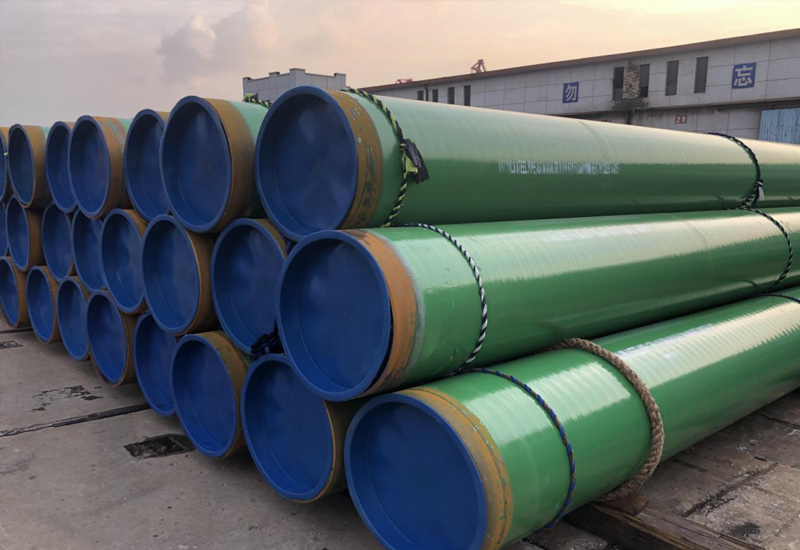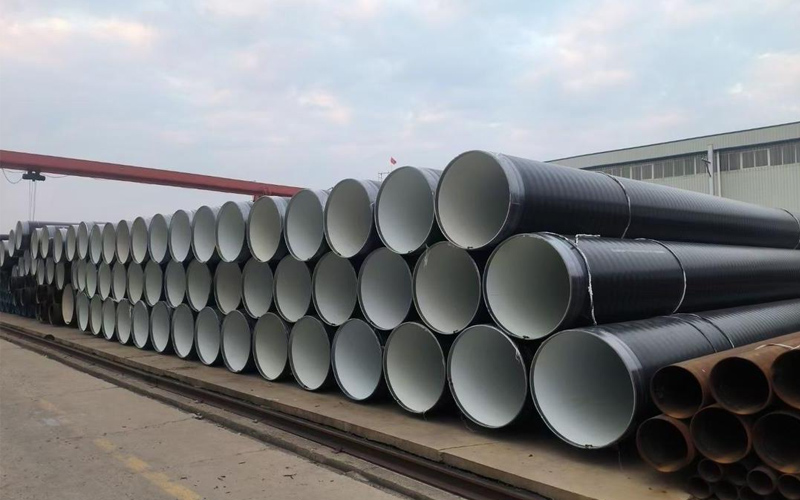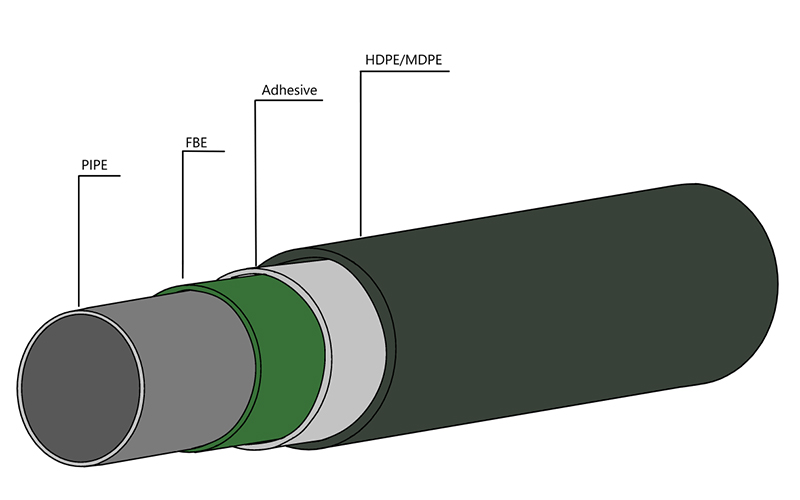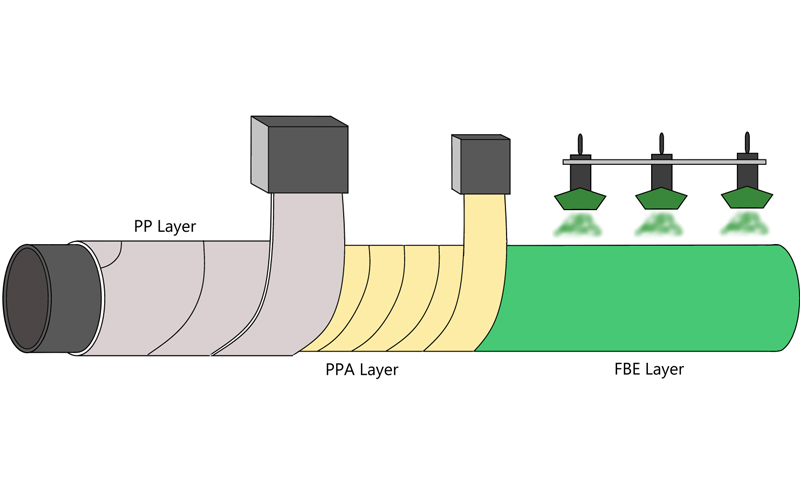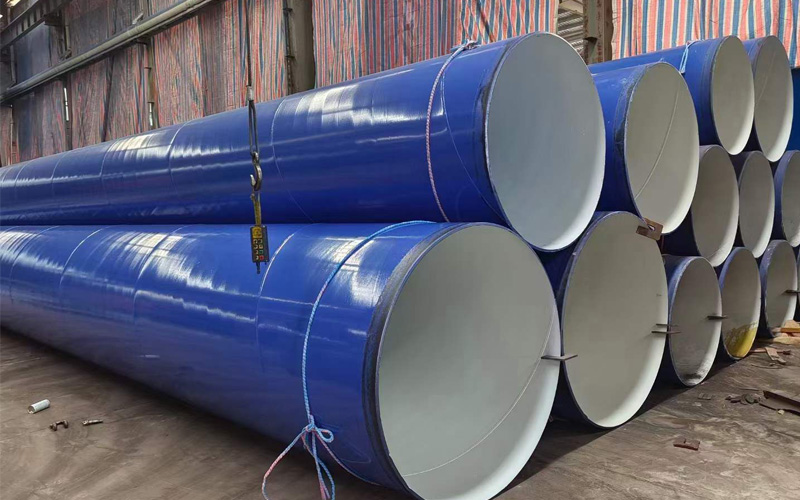The Essential Guide to High Pressure Pipe Applications
In the field of industrial infrastructure, the constantly flowing fluids and gas provide powers for our modern life, and few components are as important as high pressure pipe, or are neglected. These specialized pipes are the main force in extreme environment, which silently ensuring the safe transmission of steam, water, oil and gas under great pressure without failure. Choosing the right pipeline is a basic engineering decision, which directly affects the safety, efficiency and profitability of operation.
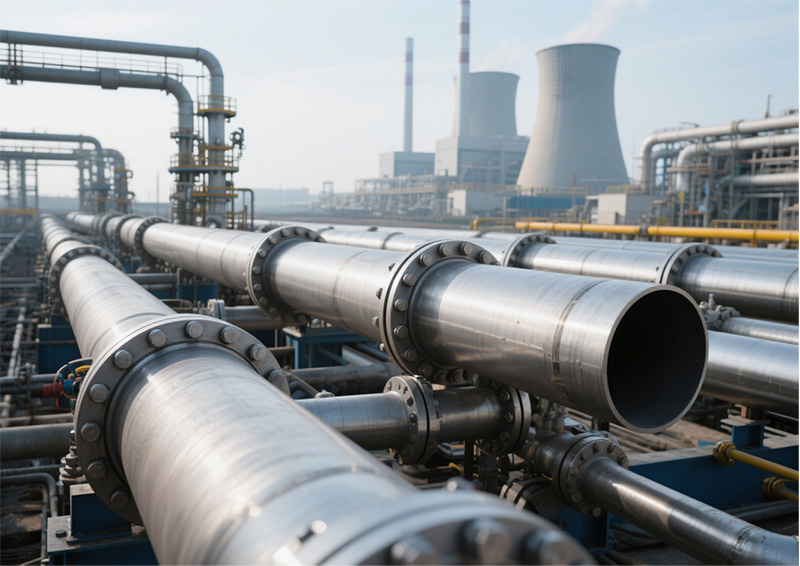
Core Strengths: Why They Fit the Task
Before diving into applications, it’s crucial to understand the inherent properties that make these pipes suitable for severe service. Although the manufacturing processes such as seamless construction is the guarantee of quality, their value is released through key performance characteristics.
· Excellent strength and durability: Designed to withstand strong internal pressure and will not be deformed or cracked.
· High fatigue Resistance: It is essential for applications of constant pressure cycle, such as hydraulic systems.
· Excellent safety: a homogeneous structure, no weak links such as welding, greatly reducing the risk of catastrophic leakage or burst.
· Reliability under extreme conditions: designed for continuous operation under a wide range of temperatures and corrosive conditions.
Mapping the Applications: Where High Pressure Pipes Are Indispensable
The reliability of these components makes them the mainstay of several heavy industries. Their use is distributed in various key departments.
1. Electric Power Production
This department is the biggest consumer of high-pressure pipeline. Within thermal power plants and nuclear power plants, these pipelines constitute the key circulation system. They are tasked with carrying superheated steam at extreme pressures and temperatures to drive turbines that generate electricity. Specifically, pipes such as ASTM A 335 p91 are ideal for boiler systems, superheaters, reheaters and main steam pipes, especially where metal temperatures reaches 625°C. Their high temperature strength and oxidation resistance are very important for ensuring long-term and stable equipment operation and efficiency.
2. Petroleum and petrochemical industry.
In the complex networks of oil refineries and chemical plants, high-pressure pipelines can be seen everywhere. They deal with volatile and usually corrosive media in high temperature reactors, hydrocrackers, hydrogen plants and fertilizer synthesis towers. The integrity of these pipelines is directly related to the safety and continuous production of the factory, preventing costly and dangerous unplanned downtime.
3. Oil and natural gas exploration and production
In the demanding oil and gas fields, these pipelines are used for high-pressure injection systems to enhance oil recovery, pumping water, steam or chemicals into the depths of reservoirs. They can also be found in gas gathering pipelines and natural gas processing plants, which transport raw materials from wellhead to processing facilities under high pressure.
4. High-Pressure Hydraulic Systems
Although rigid seamless tubes are used for fixing devices, flexible reinforced hoses designed as high pressure hydraulic tubes are the muscles of modern machines. They are used in manufacturing equipment, heavy earth moving machinery (e.g. Excavators, presses) and disaster relief equipment, so as to be able to move powerfully and accurately under huge pressure loads.
5. High pressure gas transmission
The special applications of gas transmission, instrumentation and control systems in processing plants depends on the pipeline which can safely contain gases under high pressure. This also includes the special systems for storage and transportation of CNG (compressed natural gas).
A Real-World Engineering Case Study
A major petrochemical company faced chronic issues in the ethylene cracker unit of its plant. The core process pipeline running continuously at high pressure of 800 degrees Celsius suffers from creep (slow deformation) and carbonization (carbon absorption, which makes the metal brittle) in the original pipeline material. This led to an unscheduled shutdowns every six months, which seriously affects the production efficiency and brings great security risk.
After a thorough analysis of the operating environment, our engineers suggested that ASTM A 335 p9 alloy steel seamless steel pipe be used instead. P 9 steel with chromium content of 9% is specially designed to resist high temperature vulcanization and oxidation. We provided a complete piping solution, including pre-fabricated bends and flanges, accompanied by full material test reports (MTC) and detailed welding procedure guidelines to ensure proper installation.
The new p 9 alloy pipeline system has been running stably for more than three years, and there is no signs of material degradation. The maintenance period is extended from every 6 months to every 24 months. Unplanned downtime has been reduced by 95%, saving customers more than $ 5 million a year to restore production value and avoid maintenance costs.
Calculating value: the true measure of an Investment
The cost of a high-pressure pipeline is not only the price per meter. It is inherently related to the astronomical cost of failure. Sophisticated engineering decisions are based on calculating Lifecycle Value.
lifecycle Value = (Avoided cost of a single catastrophic failure)+(Reduced annual maintenance costs)+(Value of sustained production uptime) – (Initial procurement cost)
In a large chemical plant, a single failure of a high-pressure steam line could trigger a weeks-long shutdown, with direct damage and indirect losses soaring into the tens of millions of dollars. Although the initial cost of high-quality, fully traceable p 91 alloy tube solution might be higher than 30%, its excellent life and almost absolute reliability completely reduce the risk of a catastrophic event. Simply put, this reassuring return on investment (ROI) can not be measured.
Conclusion
Choosing high pressure pipeline is not only a procurement task; This is a strategic investment in the integrity, security and profitability of the whole operation. By paying attention to application requirements and understanding the far-reaching influence of correct material and specification on operational performance, engineers and decision makers can make choices with confidence. In this world where downtime is in dollars and safety is paramount, the correct high-pressure pipeline is not only a component, but also the basis of flexible and efficient industrial processes.
Get Your Custom Steel Pipe Quote Today!
Provide us with your project details (like application, specifications, quantity). Our experienced team will respond with a tailored solution and competitive quote within 24 business hours.
Related Articles
ASTM A53 vs. API 5L: A Guide to Selection and Application
Introduction:Technology differences determine success or failure, and selection needs to be “precise”
Steel Density Analysis: Core Differences between Mild and Medium Carbon Steels and Industrial Applications
3LPE coated steel pipe: a solid barrier in the field of industrial corrosion protection
3LPP coated pipe: anti-corrosion guard in high temperature and high pressure environment
FBE steel pipe: the technological armor of the steel defense line
HOT TAGS
latest posts
- 3LPP coated pipe: anti-corrosion guard in high temperature and high pressure environment
- ASTM A53 LSAW Steel Pipe Selection Guide for Oil and Gas Transportation Pipelines
- API 5L LSAW Pipe: A Deep Dive into PSL1 vs. PSL2
- Steel Pipe Sizing Errors? DN vs. OD Explained for Buyers
- NDT for Pipe Welds: X-ray vs. Ultrasonic Testing




